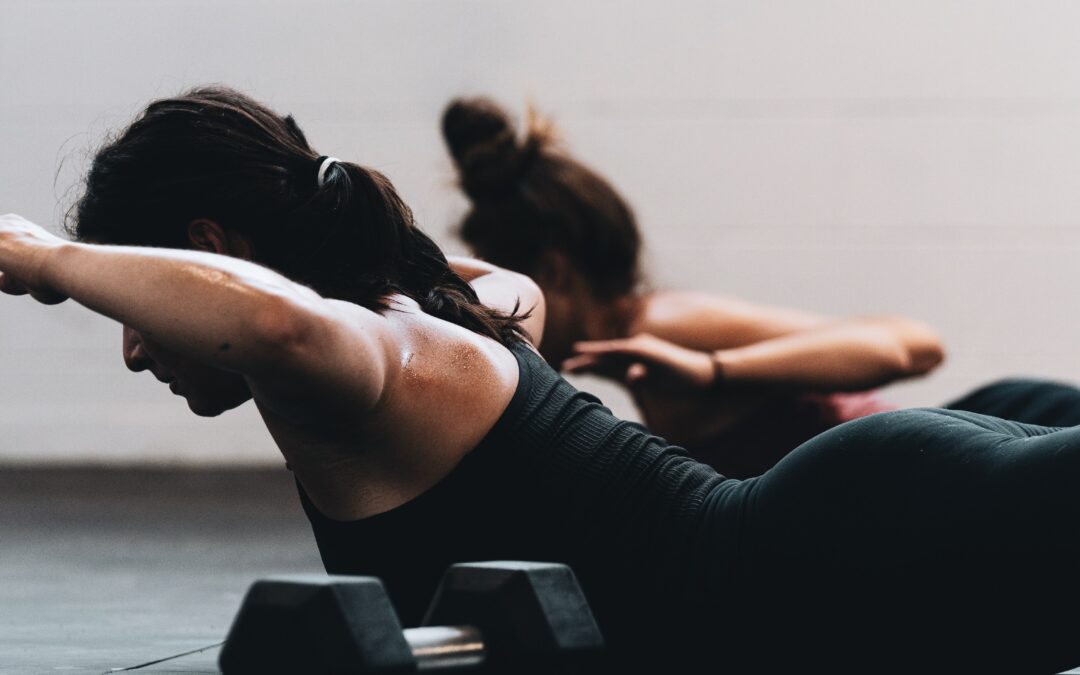What are the basic principles?
Stott Pilates is founded on 5 basic principles: Breathing, rib cage placement, pelvic placement, scapular movement and stabilisation and head and cervical placement. Whilst these principles are directly related to the practice of STOTT Pilates, in my view they are relevant to movement within a personal training and EMS setting also.
Breathing
The practice of Pilates uses a specific breathing pattern, taking a breath in through the nose and a breath out through pursed lips. In general, the breath in is used to prepare for movement or hold a position and the breath out is done whilst movement occurs. It is important to ensure the inhalation is three dimensional. This causes the rib cage to expand to the front, side and back of the lungs, filling them with air. A forceful exhalation is recommended which in turn helps to engage the deep tummy muscles (the transverse abdominis).
Rib cage placement
It is important in Pilates to ensure proper alignment with the rib cage sitting directly on top of the pelvis. Often when lifting the arms over head, there is a tendency to flare the rib cage. When the arms are lifted overhead the stomach muscles need to be engaged to avoid altering the shape of the spine.
Pelvic placement
In STOTT Pilates, two pelvic positions are used; imprint and neutral. A neutral pelvic position is when the natural lordotic curve of the lumbar spine is present. This position promotes good shock absorption and efficient movement. Imprint involves the shortening of the oblique stomach muscles, creating a slight posterior pelvic tilt. Generally the Imprint position is used when a neutral pelvis cannot be maintained when both legs are lifted off the floor. This is often useful for people with a weakness in their abdominal muscles.
Scapular movement and stabilisation
The scapular lack bony attachments to the ribs and the spine so needs to be stabilised by the surrounding muscles. Ideally the scapulae should lie flat on the rib cage without winging and should be stabilised prior to movement. The scapulae have six different movements: elevation, depression, protraction, retraction and upwards and downwards rotation.
Head and cervical placement
The head should be balanced directly on top of the shoulders in sitting and standing and the cervical spine should follow the line of thoracic spine. Cranio-vertebral flexion (also known as a head nod) involves lengthening of the back of the neck away from the shoulders and flexing the head on the top two vertebrae of the cervical spine. The head nod should be used whenever the thoracic spine moves into flexion.
Fasttrack Fitness Winchester
In addition to offering 1-1 Pilates sessions at our Fasttrack Fitness studio, just outside Winchester, we offer 1-1 and 1-2 personal training and EMS sessions. We are also happy to travel to clients homes so you can exercise in the comfort of your own home.
To view about facebook page follow the link to read reviews, content and much more https://www.facebook.com/FastTrackEMS
To view our Pilates page or check out other blogs then follow the links below.


